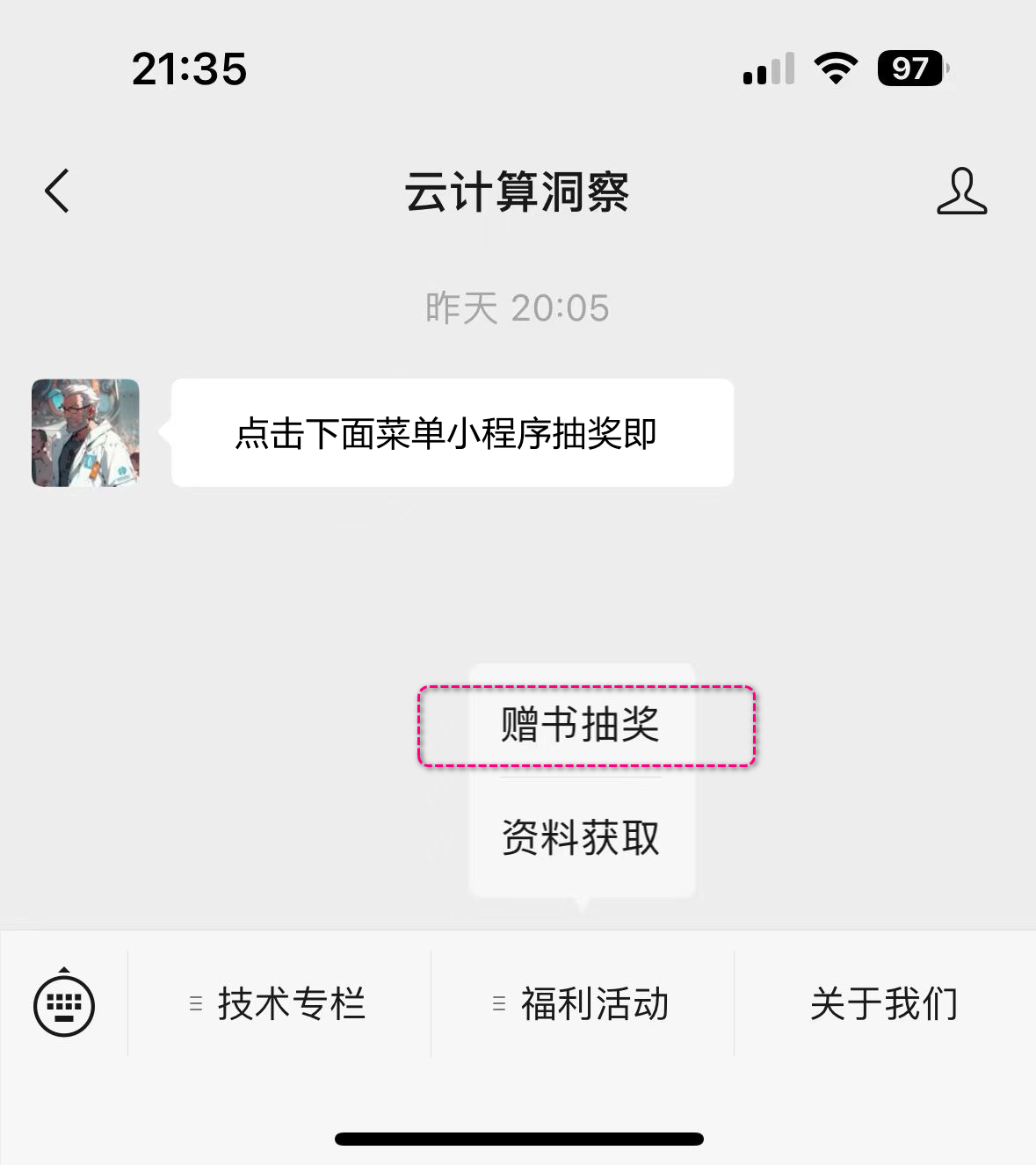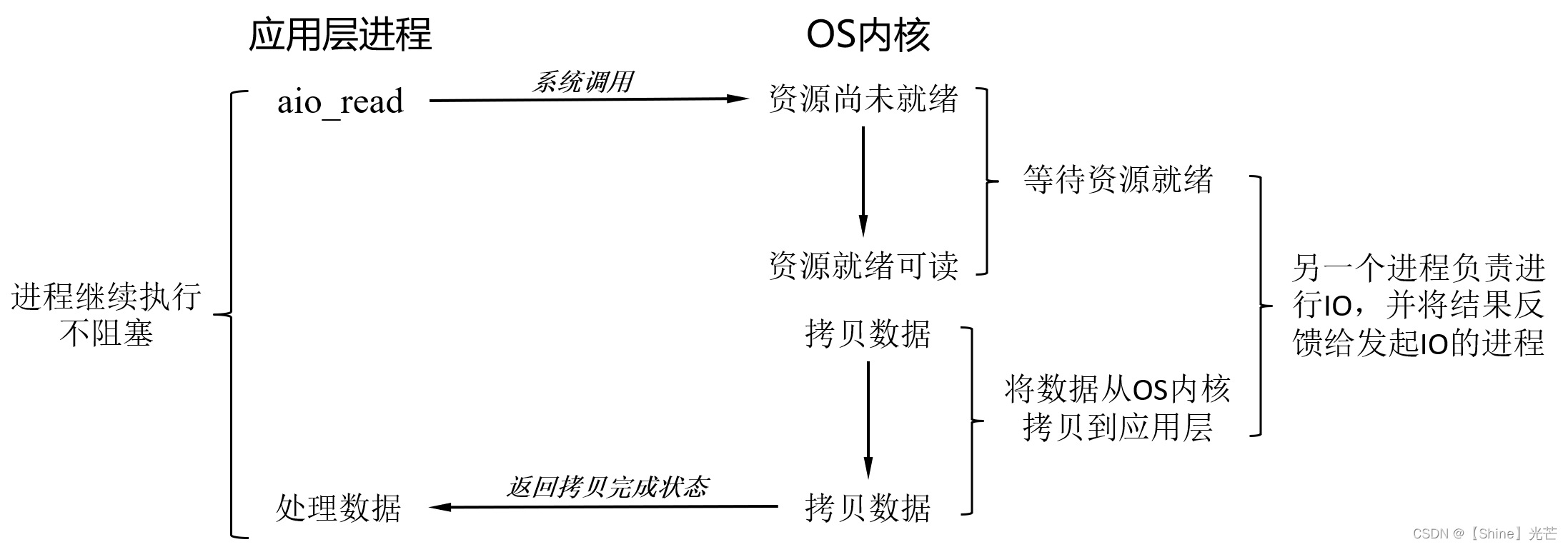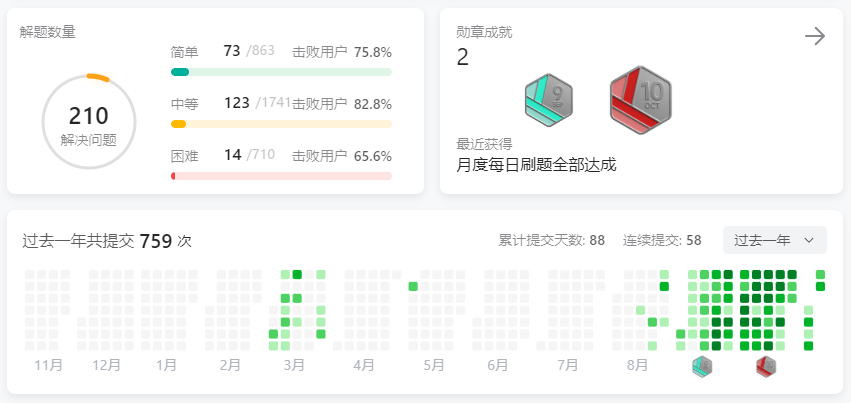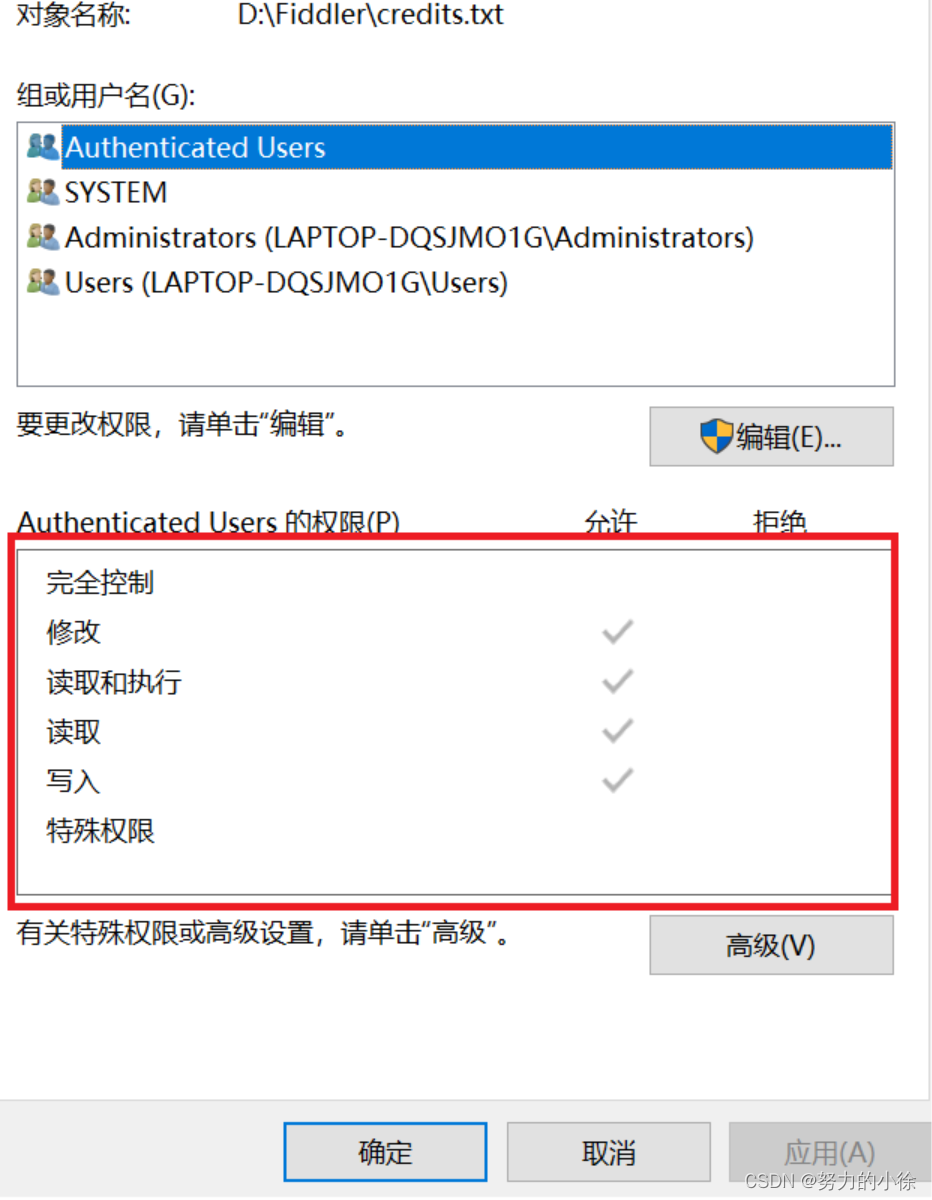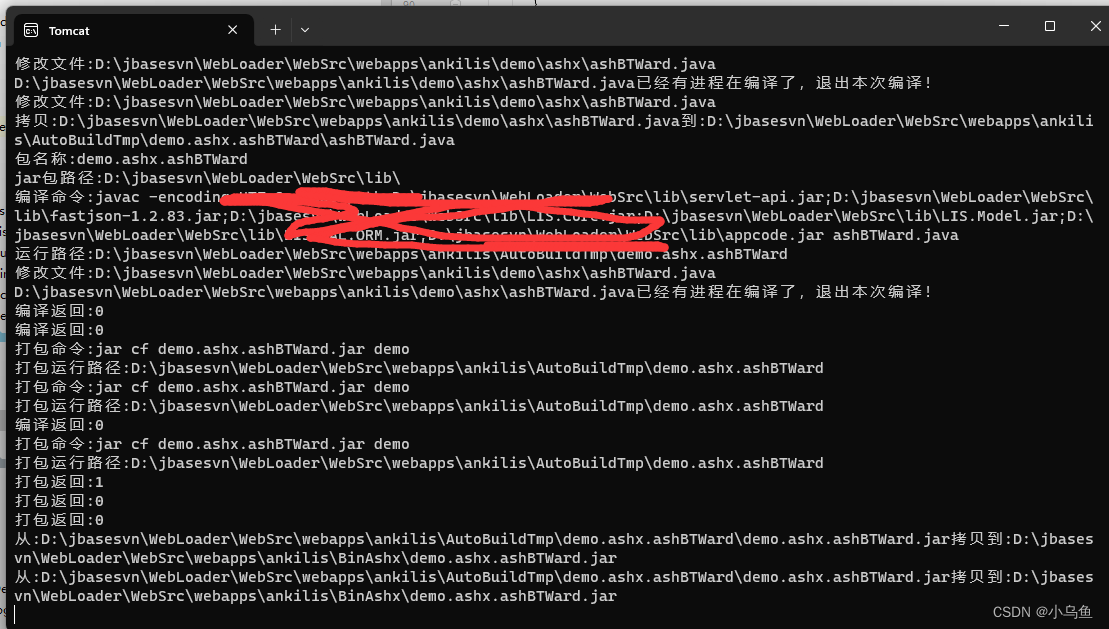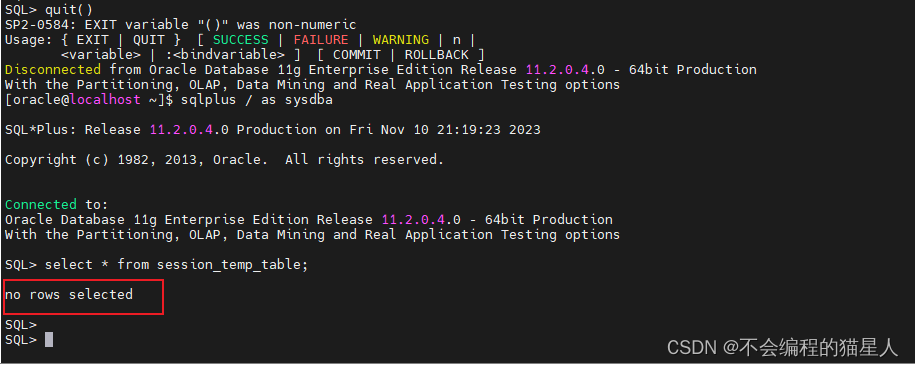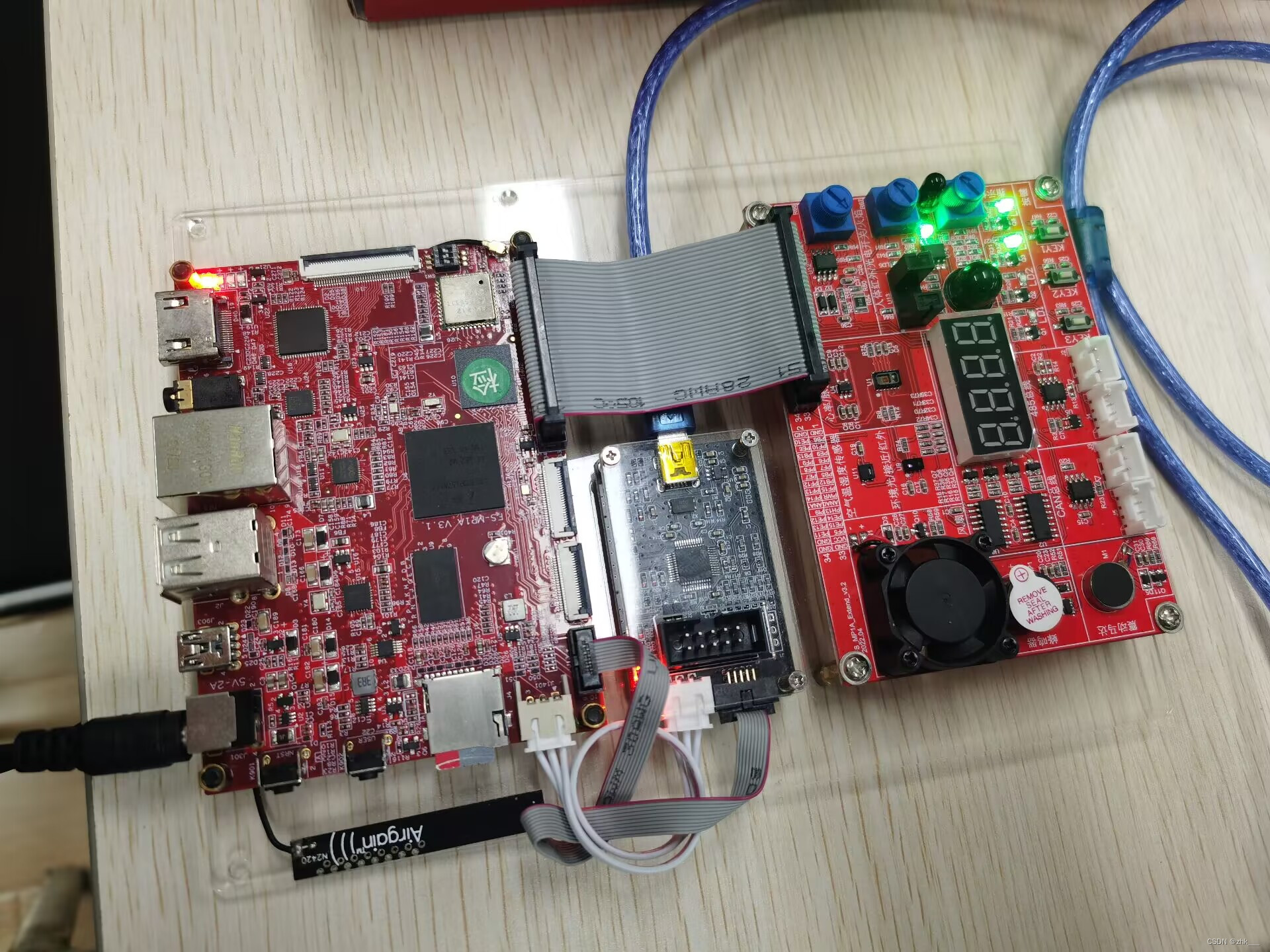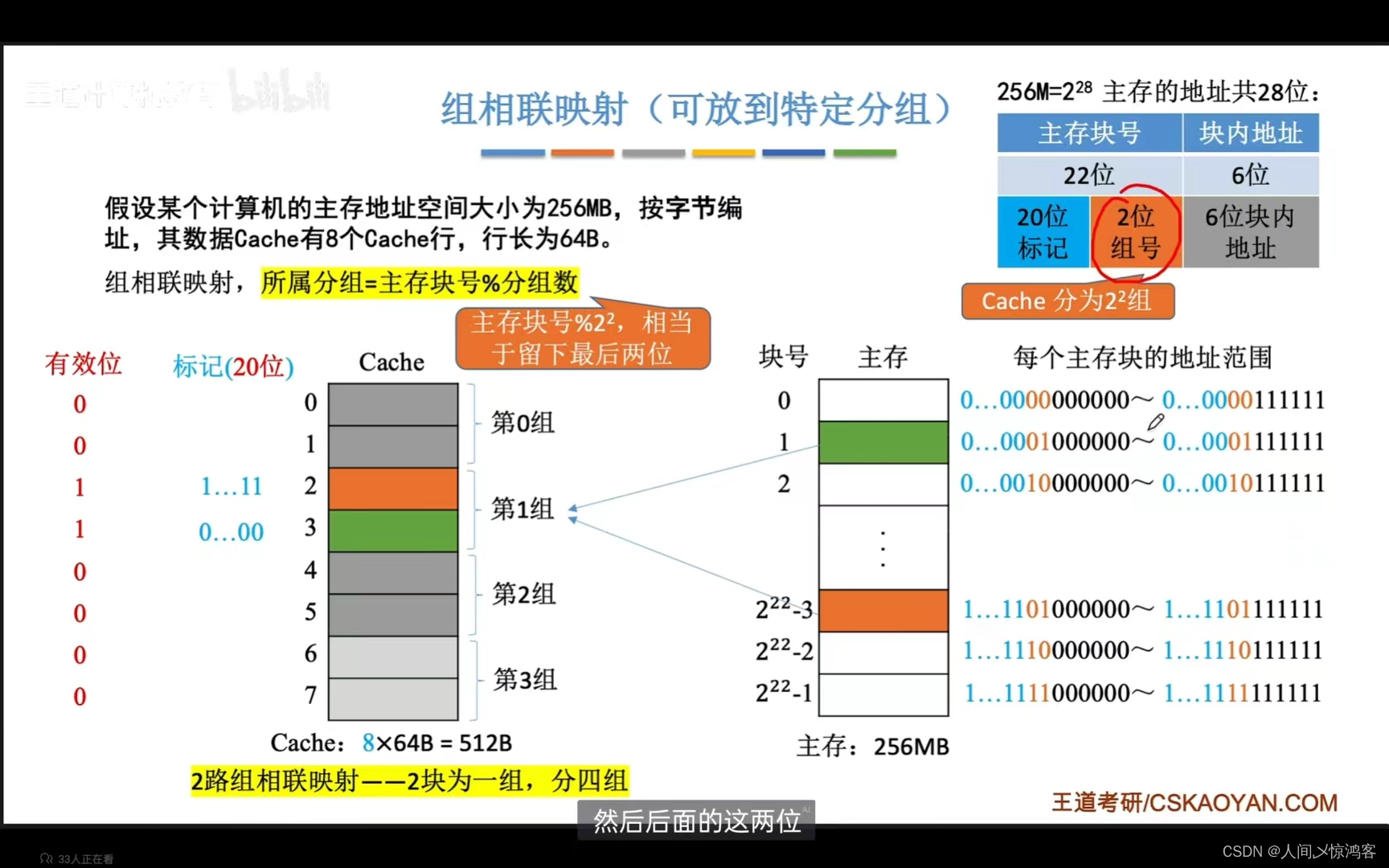一:什么是NIO?
二:NIO三大组件
1. channel
channel 有一点类似于 stream,它就是读写数据的双向通道,可以从 channel 将数据读入 buffer,也可以将 buffer 的数据写入 channel,而之前的 stream 要么是输入,要么是输出,channel 比 stream 更为底层
2. Buffer
2.1 ByteBuffer 正确使用姿势:
(1)向 buffer 写入数据,例如调用 channel.read(buffer)
(2)调用 flip() 切换至读模式
(3)从 buffer 读取数据,例如调用 buffer.get()
(4)调用 clear() 或 compact() 切换至写模式
(5)重复 1~4 步骤
2.2 ByteBuffer 结构
capacity
position
limit
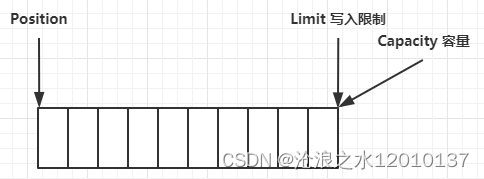
写模式下,position 是写入位置,limit 等于容量,下图表示写入了 4 个字节后的状态

读模式下,position 切换为读取位置,limit 切换为读取限制
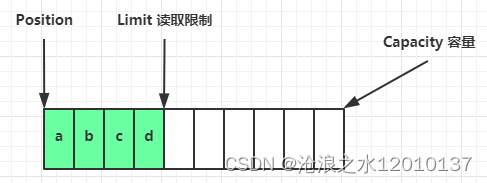
3. Selector
selector 的作用就是配合一个线程来管理多个 channel,获取这些 channel 上发生的事件,这些 channel 工作在非阻塞模式下,不会让线程吊死在一个 channel 上。适合连接数特别多,但流量低的场景(low traffic)
三:channel与selector的关系
selector 就可以监控多个 channel 的事件
1. 创建Selector
Selector selector = Selector.open();
2. Channel注册事件
channel.configureBlocking(false);
SelectionKey key = channel.register(selector, 绑定事件);
3. 监听 Channel 事件
可以通过selector.select()方法来监听是否有事件发生,方法的返回值代表有多少 channel 发生了事件
四:NIO处理read事件
@Slf4j
public class ChannelDemo6 {
public static void main(String[] args) {
try (ServerSocketChannel channel = ServerSocketChannel.open()) {
channel.bind(new InetSocketAddress(8080));
System.out.println(channel);
Selector selector = Selector.open();
channel.configureBlocking(false);
channel.register(selector, SelectionKey.OP_ACCEPT);
while (true) {
int count = selector.select();
// int count = selector.selectNow();
log.debug("select count: {}", count);
// if(count <= 0) {
// continue;
// }
// 获取所有事件
Set<SelectionKey> keys = selector.selectedKeys();
// 遍历所有事件,逐一处理
Iterator<SelectionKey> iter = keys.iterator();
while (iter.hasNext()) {
SelectionKey key = iter.next();
// 判断事件类型
if (key.isAcceptable()) {
ServerSocketChannel c = (ServerSocketChannel) key.channel();
// 必须处理
SocketChannel sc = c.accept();
sc.configureBlocking(false);
sc.register(selector, SelectionKey.OP_READ);
log.debug("连接已建立: {}", sc);
} else if (key.isReadable()) {
SocketChannel sc = (SocketChannel) key.channel();
ByteBuffer buffer = ByteBuffer.allocate(128);
int read = sc.read(buffer);
if(read == -1) {
key.cancel();
sc.close();
} else {
buffer.flip();
debug(buffer);
}
}
// 处理完毕,必须将事件移除
iter.remove();
}
}
} catch (IOException e) {
e.printStackTrace();
}
}
}
打印控制台输出:
sun.nio.ch.ServerSocketChannelImpl[/0:0:0:0:0:0:0:0:8080]
21:16:39 [DEBUG] [main] c.i.n.ChannelDemo6 - select count: 1
21:16:39 [DEBUG] [main] c.i.n.ChannelDemo6 - 连接已建立: java.nio.channels.SocketChannel[connected local=/127.0.0.1:8080 remote=/127.0.0.1:60367]
21:16:39 [DEBUG] [main] c.i.n.ChannelDemo6 - select count: 1
+-------------------------------------------------+
| 0 1 2 3 4 5 6 7 8 9 a b c d e f |
+--------+-------------------------------------------------+----------------+
|00000000| 68 65 6c 6c 6f |hello |
+--------+-------------------------------------------------+----------------+
21:16:59 [DEBUG] [main] c.i.n.ChannelDemo6 - select count: 1
21:16:59 [DEBUG] [main] c.i.n.ChannelDemo6 - 连接已建立: java.nio.channels.SocketChannel[connected local=/127.0.0.1:8080 remote=/127.0.0.1:60378]
21:16:59 [DEBUG] [main] c.i.n.ChannelDemo6 - select count: 1
+-------------------------------------------------+
| 0 1 2 3 4 5 6 7 8 9 a b c d e f |
+--------+-------------------------------------------------+----------------+
|00000000| 77 6f 72 6c 64 |world |
+--------+-------------------------------------------------+----------------+
上述存在的问题:不处理边界的问题
解决思路:
- 一种思路是固定消息长度,数据包大小一样,服务器按预定长度读取,缺点是浪费带宽
- 另一种思路是按分隔符拆分,缺点是效率低
- TLV 格式,即 Type 类型、Length 长度、Value 数据,类型和长度已知的情况下,就可以方便获取消息大小,分配合适的 buffer,缺点是 buffer 需要提前分配,如果内容过大,则影响 server 吞吐量
Http 1.1 是 TLV 格式
Http 2.0 是 LTV 格式

![P1547 [USACO05MAR] Out of Hay S 题解](https://img-blog.csdnimg.cn/f95ddae62a4e43a68295601c723f92fb.gif#pic_center)




